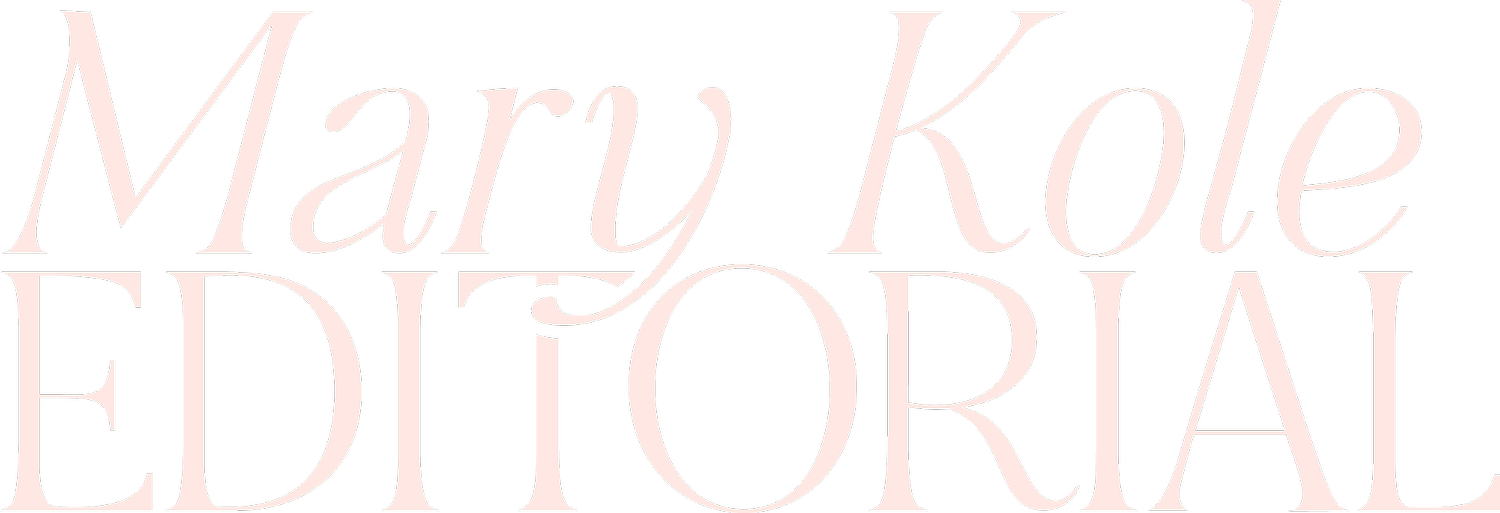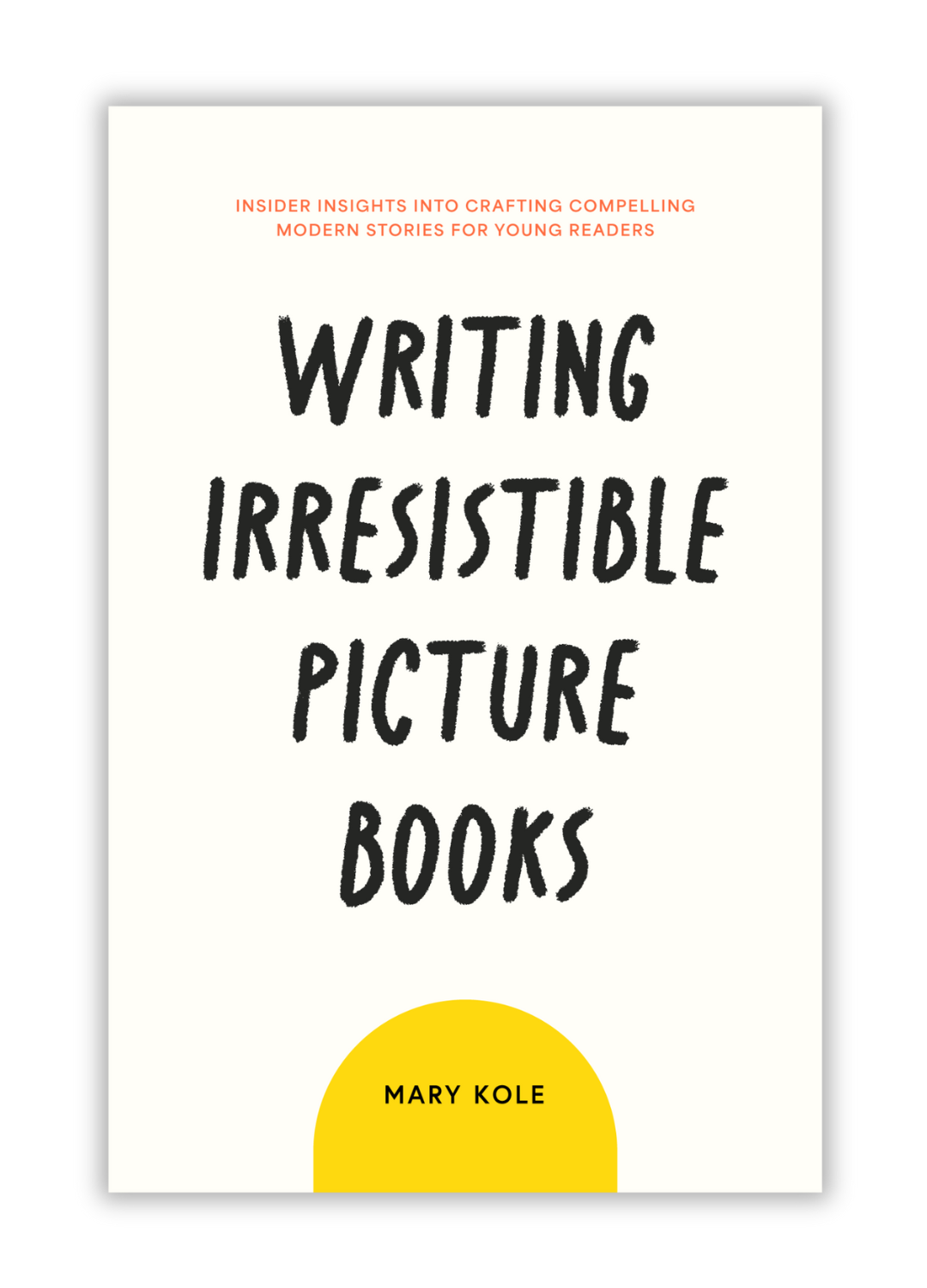How to Leave Room for Illustration in a Picture Book
By Mary Kole
Mary Kole is a former literary agent, freelance editor, writing teacher, author of Writing Irresistible Kidlit, and IP developer for major publishers, with over a decade in the publishing industry.
Writing a book is a daunting task. Not only do you need to craft a compelling story, but you also need to consider how illustrations fit into your work, especially if you’re working on a children’s book. All too often, writers overlook the importance of needing to leave room for illustration in a manuscript. In this article, I’ll discuss how to write with illustration in mind and what story elements leave room for illustration in a project that will eventually have visual elements.
When writing for a book project that will need to be illustrated, one of the most important aspects to consider is how to leave room for illustration. Illustrations are meant to enhance the story, not retell it. Therefore, you must be careful not to overwrite or include too much detail in your descriptions. Focus on the essentials and let the illustrations fill in the rest.
How to Leave Room for Illustration
Some story elements are better left to the illustrator's interpretation. For example, facial expressions are better shown than told (show, don’t tell is actually a foundational writing skill). So instead of saying "he was happy," describe the situation that led to the happiness and let the illustrator show the character's emotions through their drawing. Similarly, setting can be key to the story, but too much description can drag the manuscript down. Instead of overwriting about the setting, give a basic description and let the illustrator fill in the details. This is one of the easiest ways to leave room for illustration, especially if you’re writing a picture book and need to keep your manuscript to about 600 words.
Remember that illustrators are creative partners in your project. They're there to help bring your vision to life, not to simply follow orders. When working collaboratively, it's essential to let go of control and trust illustrators, who are experts in their own right. Some writers have difficulty handing over control to illustrators, but it's important to remember that collaboration enhances the final product.
Before embarking on your picture book writing journey, make sure to take time to think about how to leave room for illustration. Try to envision how they'll fit into your story and leave room for them throughout the narrative. Find an illustrator that you can trust and let them flex their creative muscles (if you plan on self-publishing, if you’re looking to be traditionally published, the house will find and hire an illustrator). Collaboration is key to creating a successful book project. If you simply must convey certain details to a potential illustrator, you can sparingly use illustration notes in your text.
Writing a book can be incredibly rewarding, but it's essential to leave room for illustration. When crafting a book idea, make sure to leave room for the illustrator's interpretation, especially with regards to facial expressions and setting. Remember that illustrators are there to enhance the story, and collaboration is key to creating a successful project. With these tips in mind, you're ready to embark on your writing journey with the confidence of knowing that your words will come alive to create something truly magical.

Click here to purchase Writing Irresistible Picture Books, my book on children’s picture books. This comprehensive guide is crammed with craft advice and groundbreaking original research, including a survey of 1,000 upcoming picture book deals, a breakdown of 80 modern and marketable picture book topics, and in-depth analysis of over 150 published picture books.



